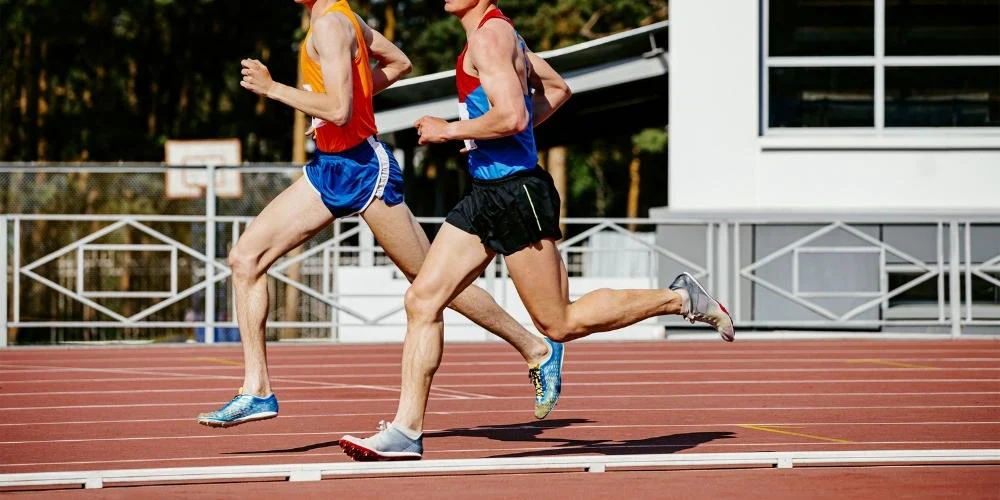
Athlete’s Foot: Everything You Need to Know
Sep 16 , 2021
Tags - Athlete’s Foot Symptoms Treatment Prevention
Athlete’s foot, medically known as tinea pedis, is a fungal infection that typically starts out in between the toes.
Usually, it occurs in people whose feet get very sweaty and are squashed into tight-fitted shoes. The fungus that causes Athlete’s foot can only infect the skin if the conditions are right, i.e. it needs a warm and moist environment to spread.
Although Athlete’s foot is not too serious, it needs to be treated quickly because it’s contagious - you don’t want it spreading to other parts of the body.
Moreover, if you have a weakened immune system or have diabetes, you should seek medical attention immediately if you suspect Athlete’s foot.
Unfortunately, anyone can get Athlete’s foot, but there are few factors that increase your risk, such as sharing socks or towels with someone who’s infected, wearing tight shoes, keeping your feet wet for too long and more.
Let’s look closely at the symptoms and treatments available for Athlete’s foot and what you can do to help prevent it.
Symptoms
If you have Athlete’s foot, you’ll probably notice that skin on the surface of your foot, especially in between your toes, is very itchy, stings or feels like it’s burning. Commonly, skin can be:
- Dry
- Flaky
- Red
- Scaly
- Cracked
Consequently, when the skin cracks it could form itchy blisters and swelling and the sole can start developing scaling patterns.
Sometimes, other bacterial infections can appear alongside Athlete’s foot, especially in severe cases where there are open sores in the skin making it more vulnerable to bacteria.
If left untreated, the infection can spread from toe to toe as well as develop rashes on the side and bottoms of your feet. Although rare, but still possible, Athlete’s foot can spread the hands (from excessive itching), known as tinea manuum and the symptoms are very similar as those experienced on the feet.
Treatments
In most cases, Athlete’s foot symptoms are fairly mild and you wouldn’t need to see a doctor. Over the counter medications can be bought from pharmacies that are very effective at clearing up the infection, and are available as: tablets, powders, creams or sprays.
It’s worth noting here that young children and the elderly should not be given some types of antifungal treatments, so always make sure you read the leaflet carefully or seek advice from a professional.
However if your case is more severe, a doctor may have to prescribe a more powerful medication that’s normally swallowed. For instance, if your skin is extremely sore and there is a lot of swelling, you may be prescribed hydrocortisone in a higher dose.
Prevention
Here are a few simple tips to help you prevent Athlete’s foot from appearing or ease symptoms if an infection occurs;
- Keep Feet Dry: especially between the toes. Try to go barefoot and air your feet out as much as possible, as well as thoroughly drying your toes after a shower.
- Change Socks Frequently: if you have sweaty feet you should change your socks twice a day.
- Wear Breathable Shoes: avoid shoes that are made from synthetic materials, like rubber, and try mesh shoes instead.
- Change Your Shoes: you should not wear the same pair of shoes two days in a row. Alternate them between wears so they have time to dry properly before wearing them again.
- Protect Your Feet in Public: wear waterproof shoes/sandals around public swimming pools, showers, gyms etc.
- Treat Your Feet: use an antifungal powder on your feet daily.
- Don’t Share Shoes: sharing shoes increases the risk of spreading a fungal infection.
Want to know more? Please contact us today.
In the meantime, check out our extended range of comfortable shoes.
You may also like:
